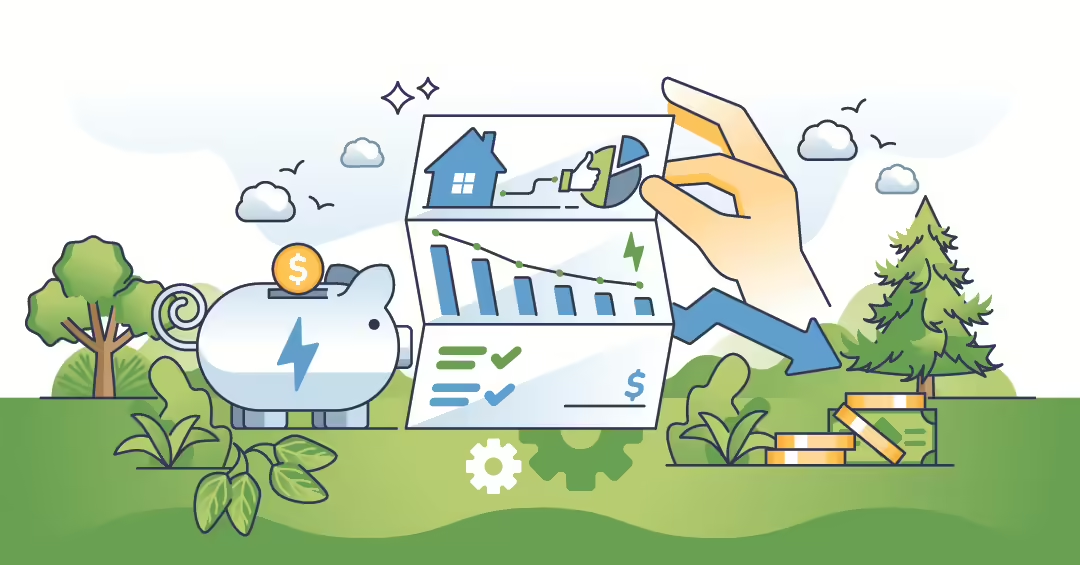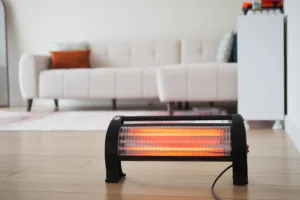In recent years, smart home technology has become a favorite among homeowners and tech enthusiasts alike. It’s not just about the convenience of controlling your home from your smartphone; these devices can also help you save a significant amount on your energy bills. But can smart home tech really save you money? Let’s break it down.
What is Smart Home Technology?
Smart home technology refers to devices and systems designed to automate and optimize various aspects of your home. These range from smart thermostats and LED lighting to energy-efficient appliances and security systems. The goal is to make your home more convenient, secure, and efficient.
Specific Smart Home Devices That Can Lead to Energy Savings
Smart Thermostats
Smart thermostats like the Nest Learning Thermostat or the Ecobee SmartThermostat learn your schedule and preferences, adjusting the temperature accordingly. They can reduce heating and cooling costs by optimizing your HVAC system’s operation.
LED Lighting
Smart LED bulbs, such as those from Philips Hue or LIFX, consume less energy than traditional incandescent bulbs and come with features like scheduling and dimming, which further reduce energy usage.
Energy-Efficient Appliances
Modern appliances like smart refrigerators, washing machines, and dishwashers are designed to use less water and electricity. Brands like LG and Samsung offer energy-efficient models equipped with smart features that allow you to monitor and control them remotely.
How These Devices Work to Optimize Energy Usage
Automation and Scheduling
Automation features enable you to set schedules for lighting, heating, and cooling, ensuring that energy is only used when needed. For example, you can program your smart thermostat to lower the heat while you’re at work and raise it just before you get home.
Real-Time Monitoring
Many smart home devices provide real-time monitoring of energy consumption, allowing you to identify and mitigate wasteful habits. For example, smart plugs can turn off devices that are not in use, reducing phantom loads.
Adaptive Learning
Some smart devices come with adaptive learning capabilities that understand your habits and make adjustments over time. This means your home becomes more efficient without requiring constant manual input from you.
Initial Investment vs. Long-Term Savings
While the upfront cost for smart home devices can be high, the long-term savings make these investments worthwhile. Here’s a quick cost-benefit analysis:
- Smart Thermostats: Initial cost - $150-$250 | Annual Savings - $100-$200
- LED Lighting: Initial cost - $5-$15 per bulb | Annual Savings - $75 per year (for an average home)
- Energy-Efficient Appliances: Initial cost varies | Annual Savings - $50-$200 per appliance
Tips for Selecting and Integrating Smart Home Devices
- Do Your Research: Look for devices that have high energy-efficiency ratings and positive reviews.
- Start Small: Begin with a few key devices like a smart thermostat and a couple of LED bulbs.
- Consult Professionals: For more complex integrations, consider consulting an electrician to ensure optimal setup.
- Take Advantage of Rebates: Many utility companies offer rebates for energy-efficient upgrades.
Future Outlook on Smart Home Technology
The future of smart home technology looks promising, with advancements in AI and machine learning leading to even greater efficiency and savings. Innovations like grid-responsive appliances and more intuitive automation systems are on the horizon, promising even more ways to cut down on energy costs.
Conclusion
Smart home technology isn’t just a trend; it’s a practical way to save money and increase the efficiency of your home. With devices like smart thermostats, LED lighting, and energy-efficient appliances, you can take control of your energy usage and see substantial savings on your utility bills. Ready to make the switch? Contact Haines Electric today to learn more about integrating smart home solutions into your home.











